Cycling is a popular and healthy activity, but like any physical activity, it does come with some risks. In this page we’ll explore the potential risks associated with cycling and how to avoid them.
Accidents and Collisions
One of the most significant risks is the potential for accidents and collisions with motor vehicles, pedestrians, or other cyclists. These accidents can result in serious injuries.
Tips for avoiding accidents and collisions
Remember that safety should always be your top priority while cycling. By following these tips and being a responsible cyclist, you can significantly reduce the risk of accidents and collisions on the road.
Road Hazards
Cyclists are vulnerable to road hazards such as potholes, debris, uneven surfaces, and slippery conditions, which can lead to falls and injuries.
Tips for avoiding road hazards
Stay Alert 🚨
Keep your focus on the road ahead and be mentally present. Avoid distractions like using your phone while cycling.
Scan the Road 👀
Continuously scan the road surface for any obstacles or changes. Look ahead, to the sides, and behind you periodically.
Maintain a Safe Distance 🚗...🚴
Give yourself enough space from other vehicles and cyclists to react to unexpected hazards. The recommended distance is at least three feet from parked cars and one bike-length behind other cyclists.
Beware of Gravel and Debris 🪨
Loose gravel, sand, or debris on the road can cause you to lose control. Approach these areas with caution and try to ride in a straight line through them.
Pay Attention to Weather Conditions 🌧️
Rain, snow, and ice can make roads slippery. Adjust your speed and braking accordingly and be extra vigilant for hazards in poor weather.
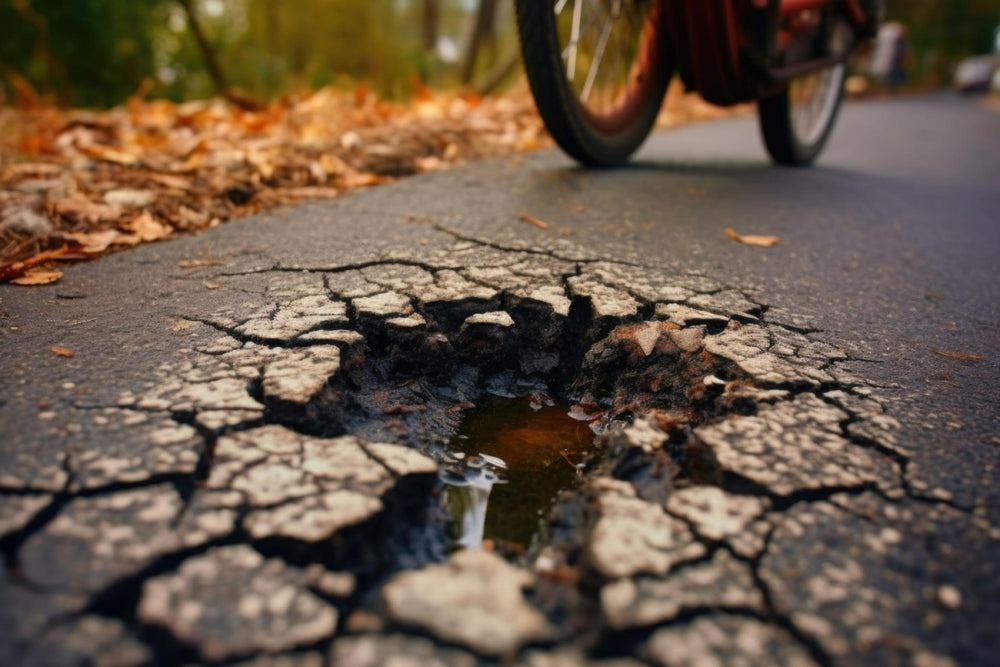
Remember that road hazards can change rapidly, so always be prepared to react quickly and defensively. Safety should be your top priority when cycling, so take these precautions seriously to minimize the risk of accidents and injuries.
Health Issues
Prolonged or strenuous cycling can lead to overuse injuries, such as knee pain, back pain, and wrist discomfort. Poor bike fit, improper technique, or inadequate warm-up can contribute to these issues.
Tips for preventing strain injuries
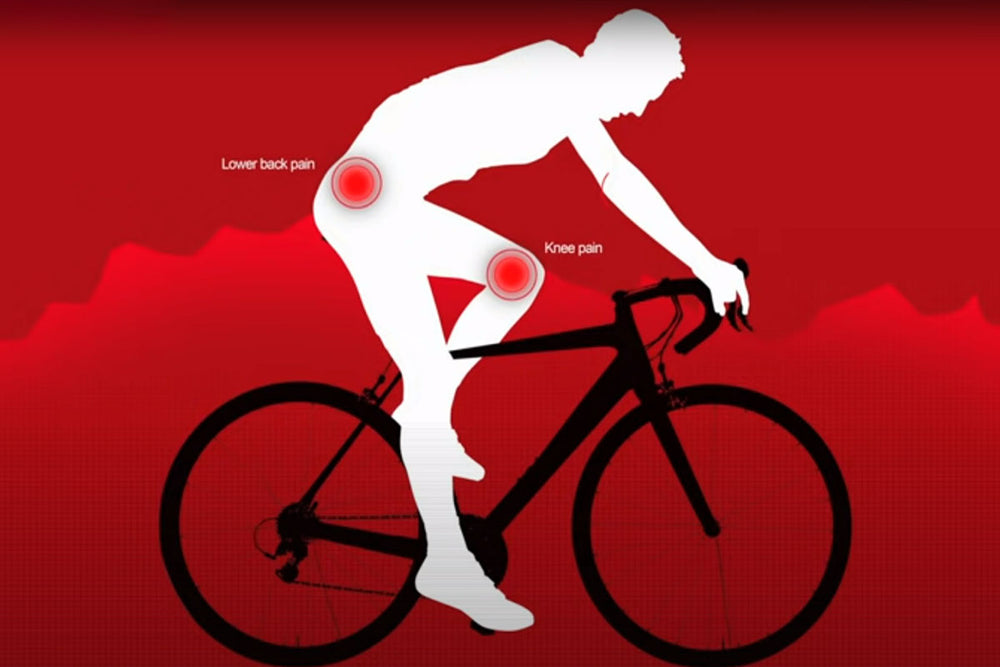
Proper Bike Fit
Ensure that your bike is the right size for your body. A professional bike fitting can help you adjust the saddle height, handlebar position, and other components to match your body's proportions.
Correct Riding Posture
Maintain a relaxed and comfortable riding posture. Keep your back straight, elbows slightly bent, and a slight bend in your knees when pedaling. Avoid excessive hunching or arching your back.
Proper Saddle Height
Adjust your saddle to the right height. When seated on the saddle with your foot at the bottom of the pedal stroke, your leg should be almost fully extended but not locked. This prevents knee strain.
Use a Chamois
Invest in cycling shorts with a chamois pad. This provides extra cushioning and reduces friction, preventing chafing and saddle sores.
Stay Hydrated and Nourished
Dehydration can lead to muscle cramps and fatigue, so drink plenty of water during your ride. Carry energy snacks to maintain your energy levels.
Gradual Increase in Intensity
If you're new to cycling or increasing your distance, do so gradually. Overdoing it can lead to overuse injuries.
Rest and Recovery
Allow your body time to recover between rides. Rest days are essential for muscle repair and preventing overuse injuries.
Pace Yourself
Don't push yourself too hard, especially if you're on a long ride. Maintain a pace that allows you to comfortably finish your ride without overexertion.
Listen to Your Body
If you experience pain or discomfort while cycling, don't ignore it. Stop and assess the issue. Continuing to ride through pain can exacerbate injuries.
Cross-Train
Incorporate other forms of exercise, like stretching, strength training, and flexibility exercises, to balance your fitness and reduce the risk of overuse injuries.
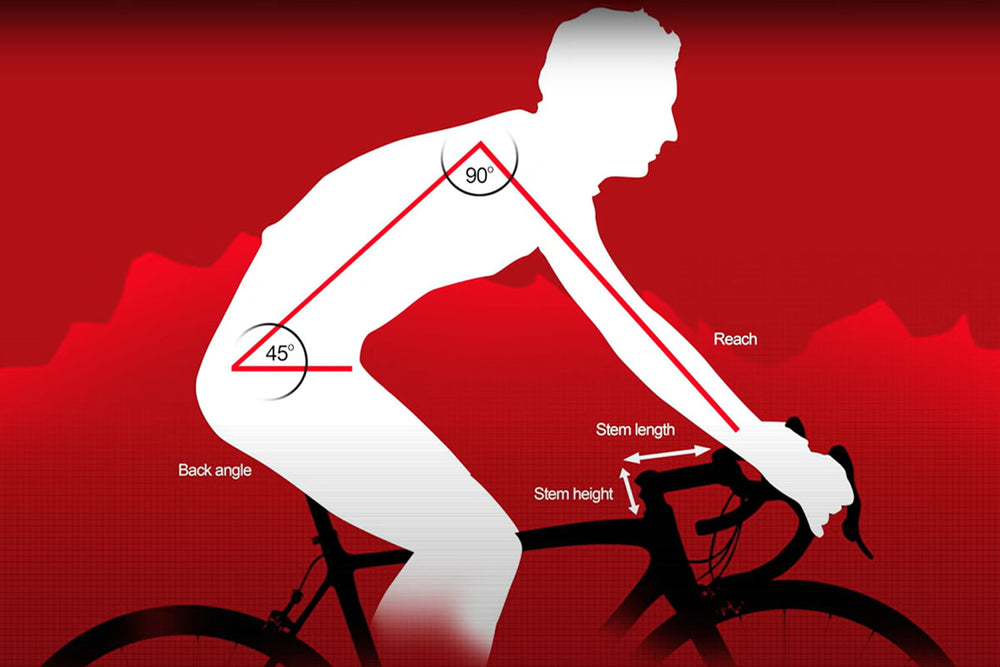
Remember that everyone's body is different, so pay attention to what works best for you and make adjustments accordingly. If you experience persistent pain or discomfort, consult a healthcare professional or a sports medicine specialist for guidance.
Lack of Protective Gear
Not wearing appropriate safety gear, such as helmets, gloves, and reflective clothing, can increase the severity of injuries in the event of an accident.
Tips for proper protective gear
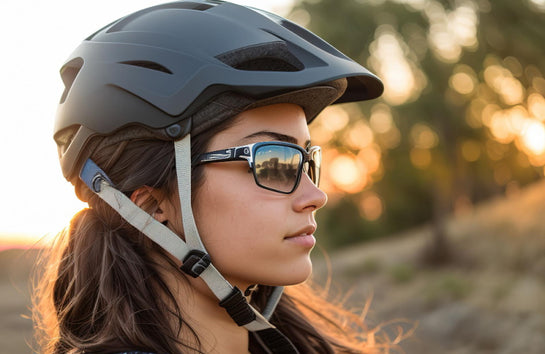
Helmet
A properly fitting bicycle helmet is the most important piece of protective gear. It protects your head in case of a fall or collision. Make sure it fits snugly on your head without being too tight.
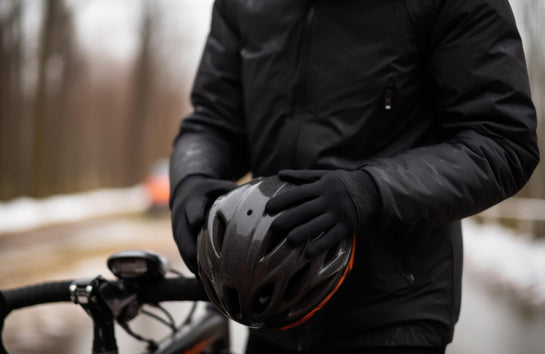
Gloves
Cycling gloves provide protection for your hands and improve your grip on the handlebars. They can also help absorb vibrations from the road, reducing hand fatigue on longer rides.
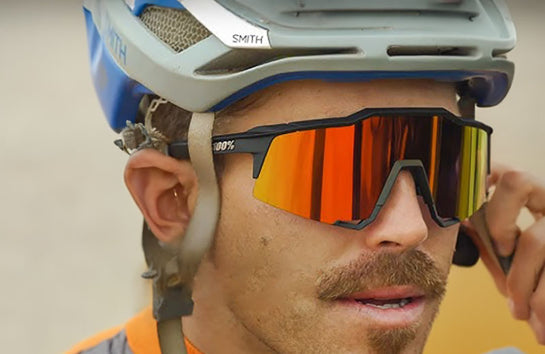
Eyewear
Sunglasses or clear cycling glasses protect your eyes from debris, bugs, wind, and harmful UV rays. They improve visibility and prevent eye strain, keeping you more focused on the ride ahead.
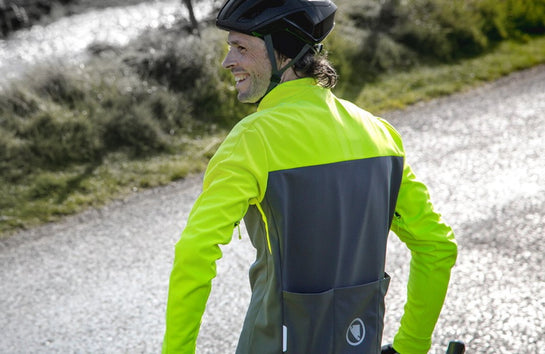
Reflective Clothing
Wearing bright and reflective clothing helps make you more visible to motorists, especially during low-light conditions. A reflective vest or jacket is an excellent choice to keep you more visible.
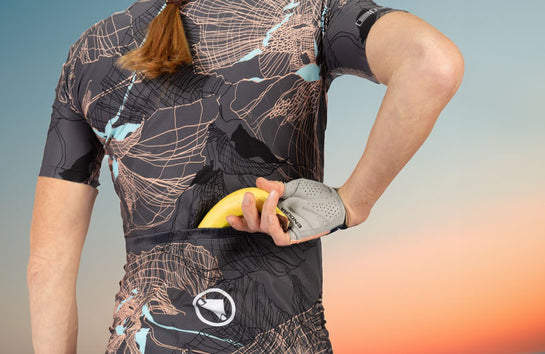
Cycling Jersey
A cycling-specific jersey is designed to wick away sweat, provide ventilation, and reduce wind resistance. Their also tailored to fit better when in a riding position.
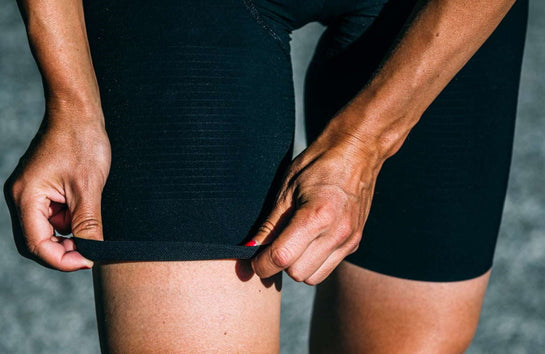
Padded Shorts or Tights
These provide comfort during long rides and protect your sensitive areas from chafing. The padding (chamois) adds extra cushioning and support.
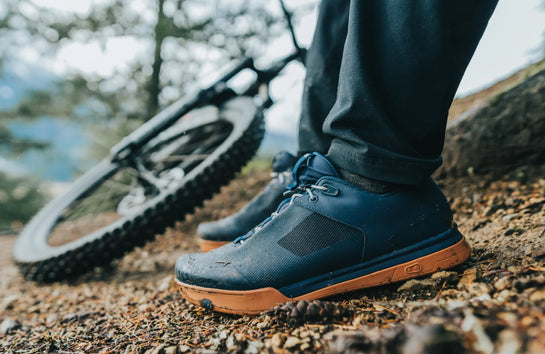
Shoes
Invest in cycling-specific shoes, which have stiffer soles than cushy athletic shoes and offer better power transfer and control, which saves you effort and fatigue.
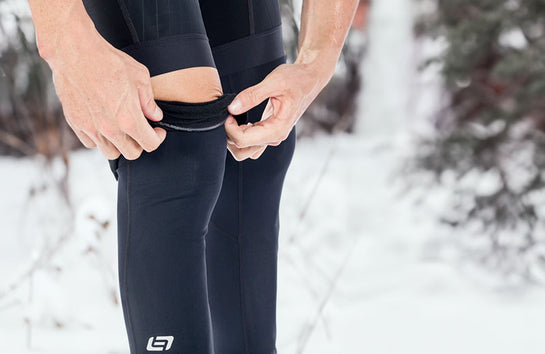
Arm and Leg Warmers
In cooler weather, arm and leg warmers can help regulate your body temperature by keeping your limbs warm. They are easy to remove when the temperature rises.
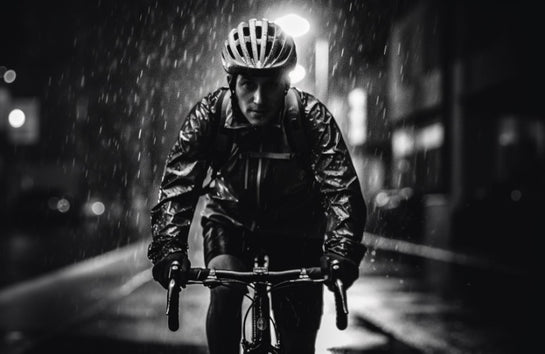
Rain Gear
If you cycle in wet conditions, invest in waterproof gear, including a rain jacket, pants, shoe covers and bags. Staying dry is crucial for comfort and safety.
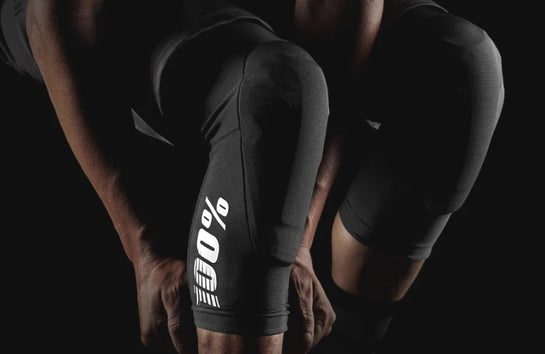
Knee and Elbow Pads
If you're into mountain biking or off-road cycling, consider wearing knee and elbow pads. They can prevent injuries in case of falls or crashes on rugged terrain.
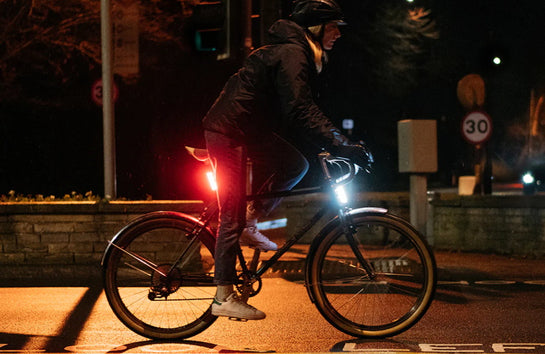
Bike Lights
While not technically gear you wear, front and rear bike lights are essential for visibility, especially when cycling at dawn, dusk, or in the dark.
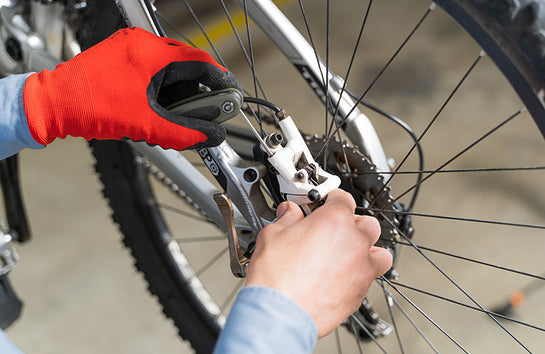
Emergency Tools
Bring a basic bike tool kit, a spare tube, and a pump or CO2 inflator in case you need to make roadside repairs. A basic tool kit can get you out of most sticky situations.
To mitigate these risks, cyclists should prioritize safety by wearing appropriate protective gear, following traffic rules, staying alert and visible, maintaining their bicycles, and being cautious in challenging weather conditions. Additionally, choosing safe cycling routes and staying aware of local traffic patterns and road conditions can help minimize the risks associated with cycling.



